eBook, ePUB
23. Mai 2003
Taylor & Francis eBooks
eBook, PDF
23. Mai 2003
Taylor & Francis eBooks
Ähnliche Artikel

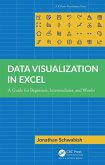
28,95 €
Sofort per Download lieferbar

eBook, ePUB
28. Dezember 2022
Taylor & Francis eBooks



eBook, ePUB
5. Oktober 2022
Taylor & Francis eBooks
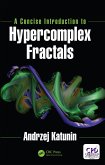
eBook, ePUB
5. Oktober 2017
Taylor & Francis eBooks
eBook, ePUB
18. März 2020
Taylor & Francis eBooks
Ähnlichkeitssuche: Fact®Finder von OMIKRON

